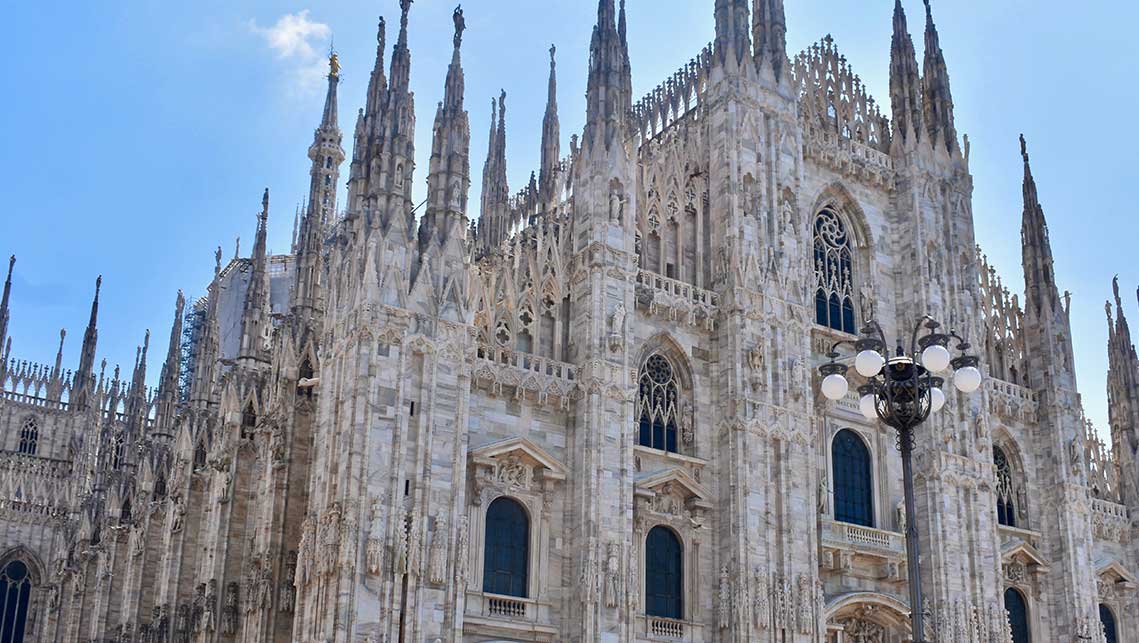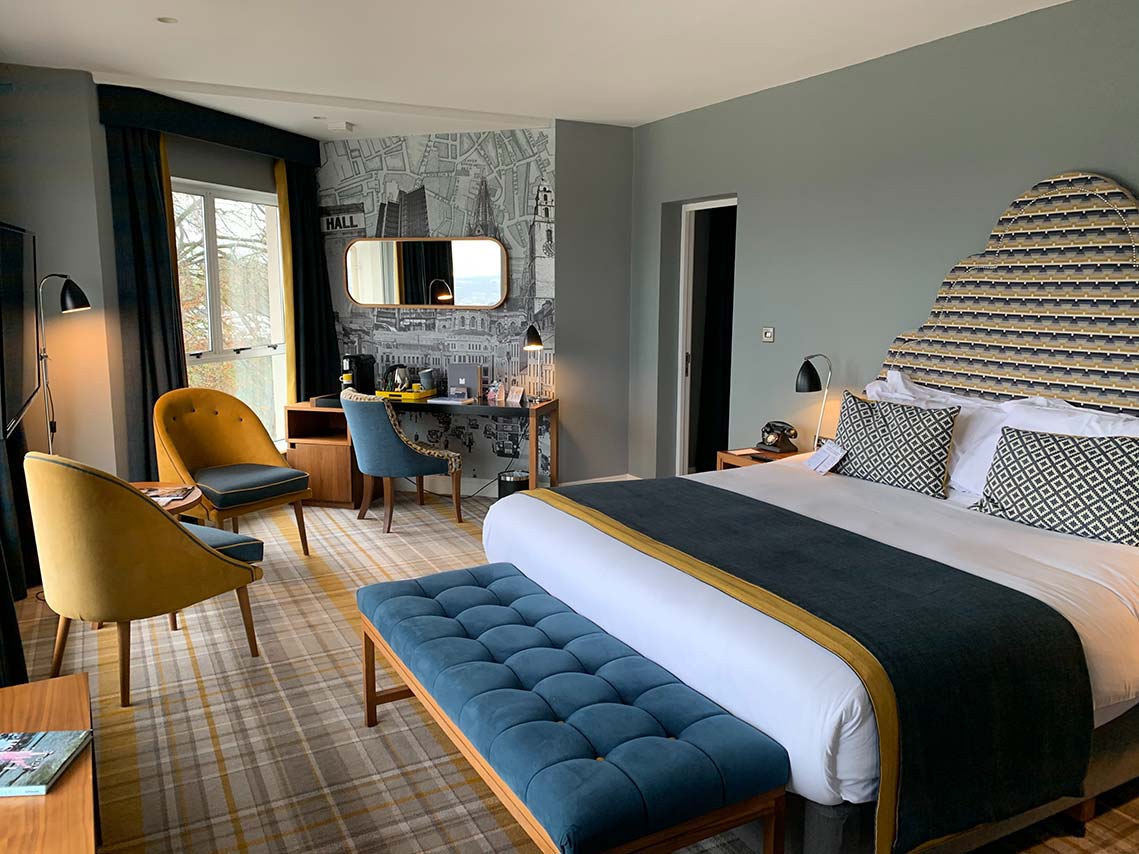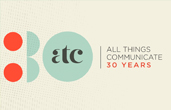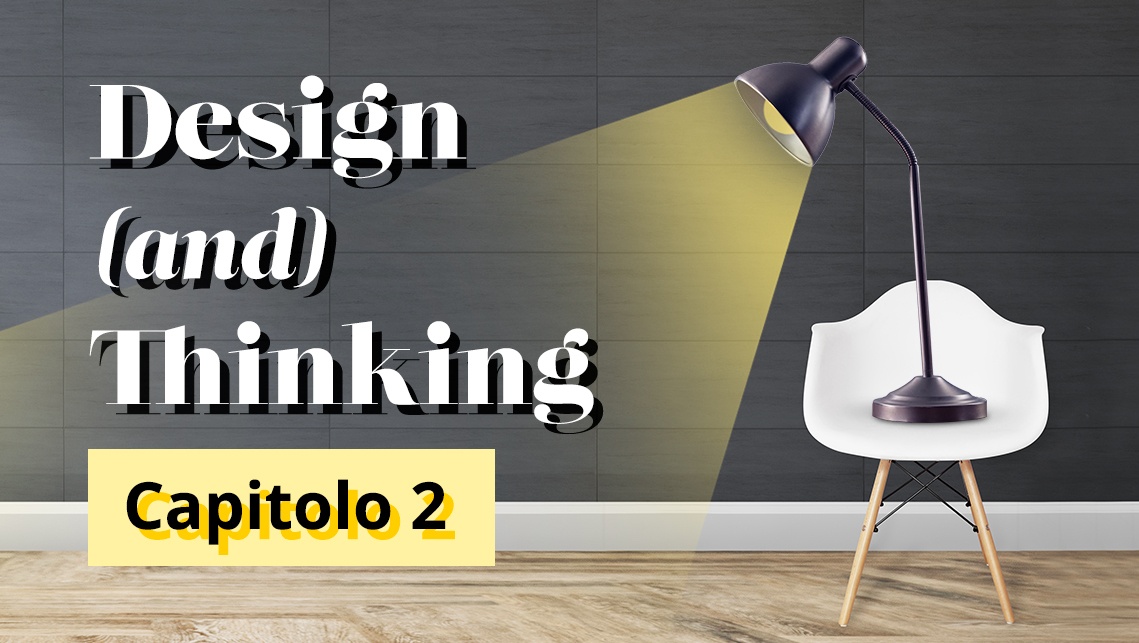The April controversy between “Brianza rebels” and Salone del Mobile has brought to the surface a few tensions beyond the clash between exhibitors and organizers, showing a somehow agitated stream which deserves some attention.
Of course, an outstanding polarization has been brought forward by the earliest chronicles of the issue at hand: center vs periphery. Clearly, the very definition of “Brianza rebels” describes the struggle according to an axis pitting the capital city of Lombardy against one of the most important productive districts of the same region.
However, are we really sure that this representation is the right one? Quite probably, a better one concerns two centers whose interests collide. The so-called “periphery” is actually a renowned center of excellence. If companies such as Poliform, Poltrona Frau, Molteni and B&B are “peripherals”, what about Ferrari and Lamborghini, whose headquarters are likewise not located in a big city? From this point of view, the ability to keep doing good business even during the pandemic, exploiting the potential of e-commerce as well as the brands’ value as Made in Italy leaders, shows these companies’ power to stay ahead in a global and digitalized market. On the other hand, Milan, facing the risk of losing its role as international capital city of design, has been forced to consider also the needs of more local stakeholders, given the danger for restaurants, hotels and taxi drivers to miss an important opportunity for business relaunch, after a very difficult period.

To further delve into the analysis of the polarizations, it is worthwhile to notice, among the early reactions of the pro-Salone stakeholders after the announcement by furniture big brands, the one claiming that the place of Milan as a beacon of interior design could be “stolen” by other European cities, more than ready to host similar events by pooling together all the necessary resources and talents to succeed.
The difficulty in “behaving as a system” is almost a stereotype, when used to describe Italy’s misfortunes. Maybe, there is no smoke without a fire, since the signals of the prevalence of a corporativist instinct have emerged right after the “rebellion” was announced, when Maurizio Naro, president of Federalberghi Milano, declared “As hotel entrepreneurs, we would not choose products made by companies which want the Salone to be postponed”. An attempt at a show of strength, where businessmen rightfully protecting their own interests clashed against other businessmen rightfully protecting their own interests.
Yet another polarization has surfaced from beneath the upper tensions, related to the impossibility to make predictions during the pandemic, in a contrast between Covid-19 and New Normal. Is it really useful to draw conclusions from such an extraordinary and unprecedented scenario? The question concerns the success of furniture brands during the pandemic. Even considering the importance of Made in Italy and e-commerce, it appears that the long lockdown and the diffusion of remote working have shifted the balance of our lives toward the home environment. Quite noticeably, furnishing and home living have recorded a surge in 2020 in Italy, especially as far as e-commerce is concerned, with a +30% compared with 2019, and a turnover of 2,3 billion Euros.

So, looking with confidence at the correlation between vaccines and decreased hospitalizations, it is quite probable that a more “normal” (and less confined) life will entail less home-centered expenditures. If so, the data related to the pandemic period should be considered with caution, resisting the temptation to interpret them as the signal of a new trend.
Center vs Periphery, Industry vs Industry, Pandemic vs New Normal: these are the main tensions which, in our view, have been highlighted by the Salone controversy. Yet they are certainly not the only food for thought suggested by the event. In the next chapter of this mini-saga, we will cover the specifics and the commonalities between design, fashion and culture, to understand how these sectors reacted to the hurdles set by the pandemic. Until next time!







